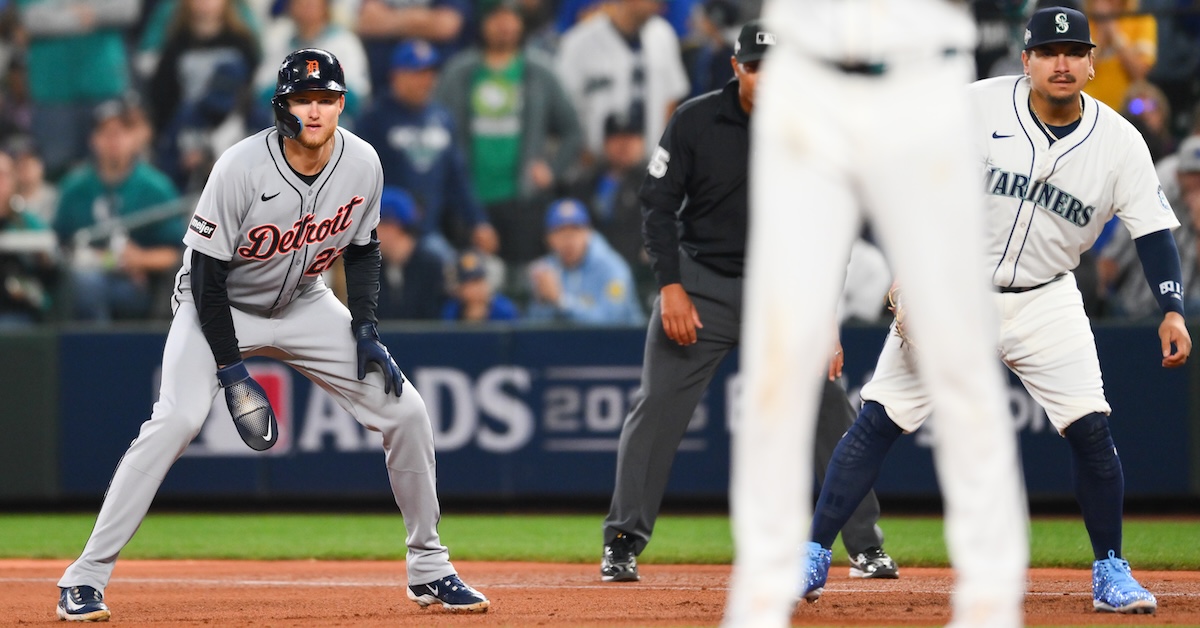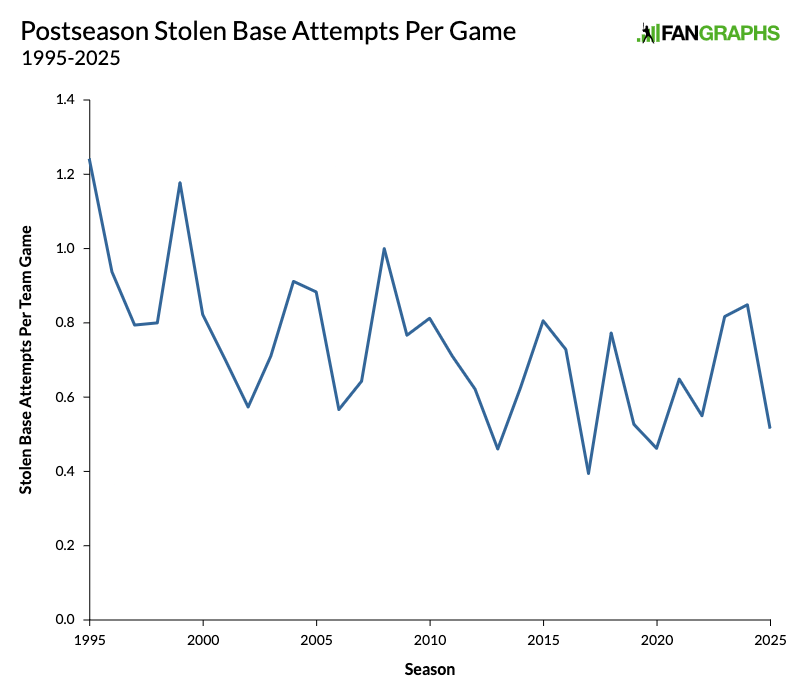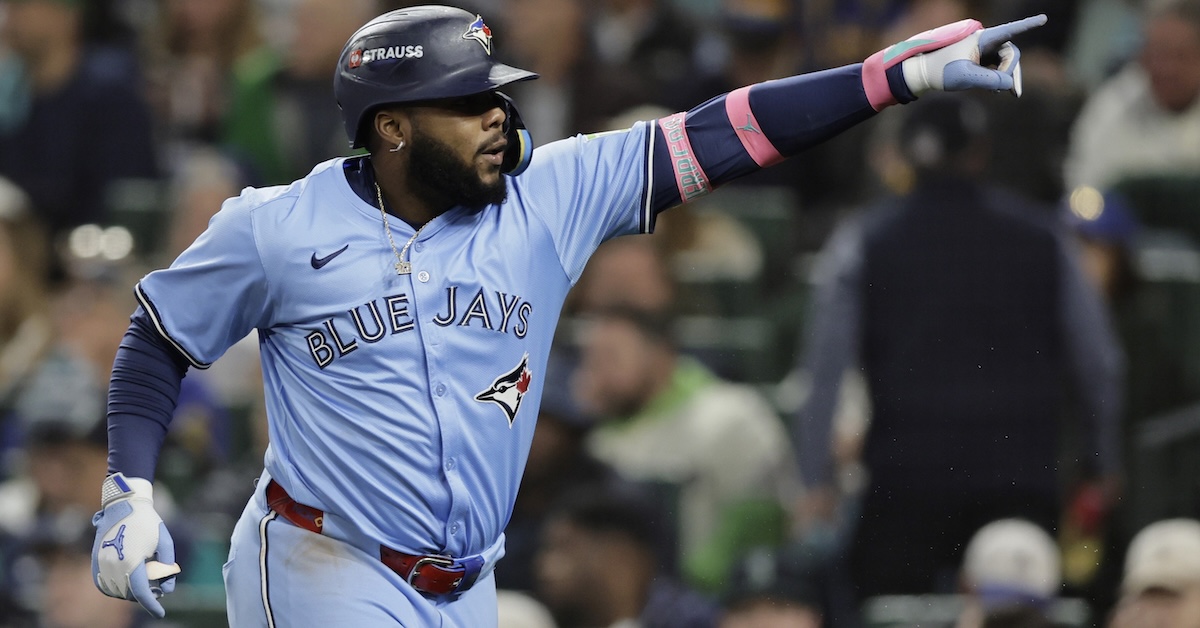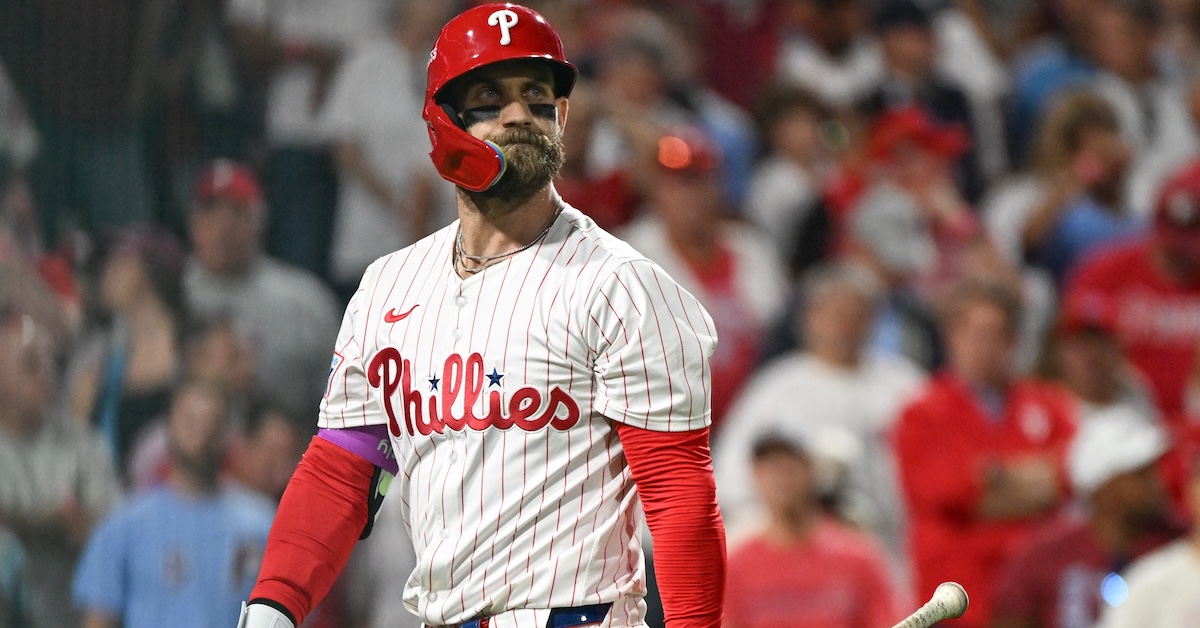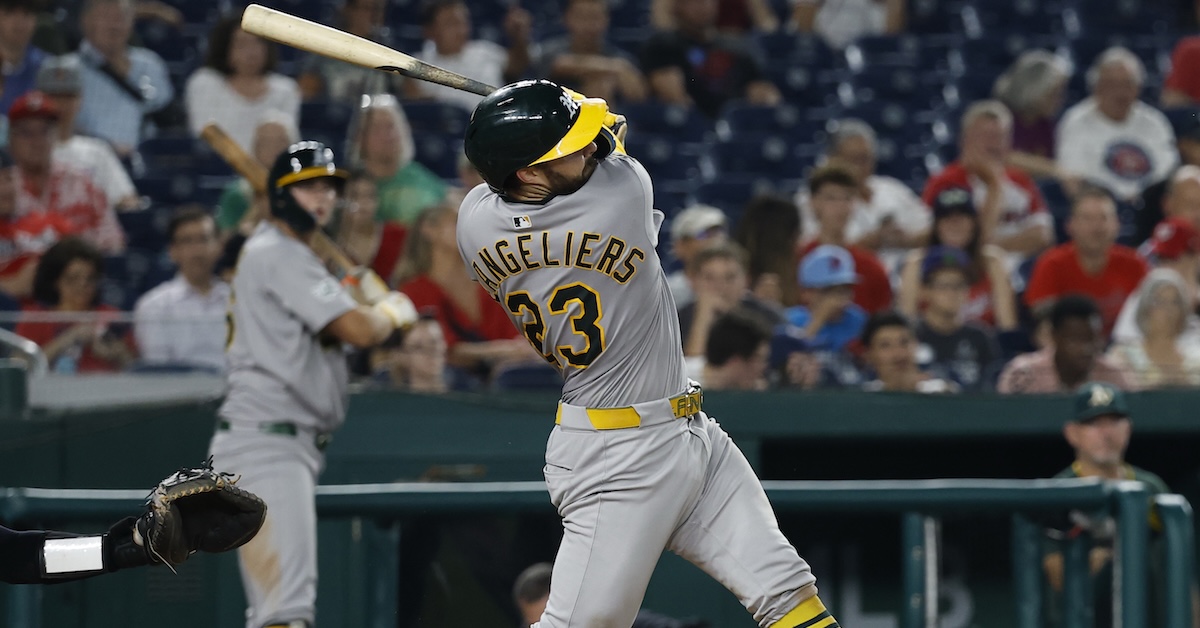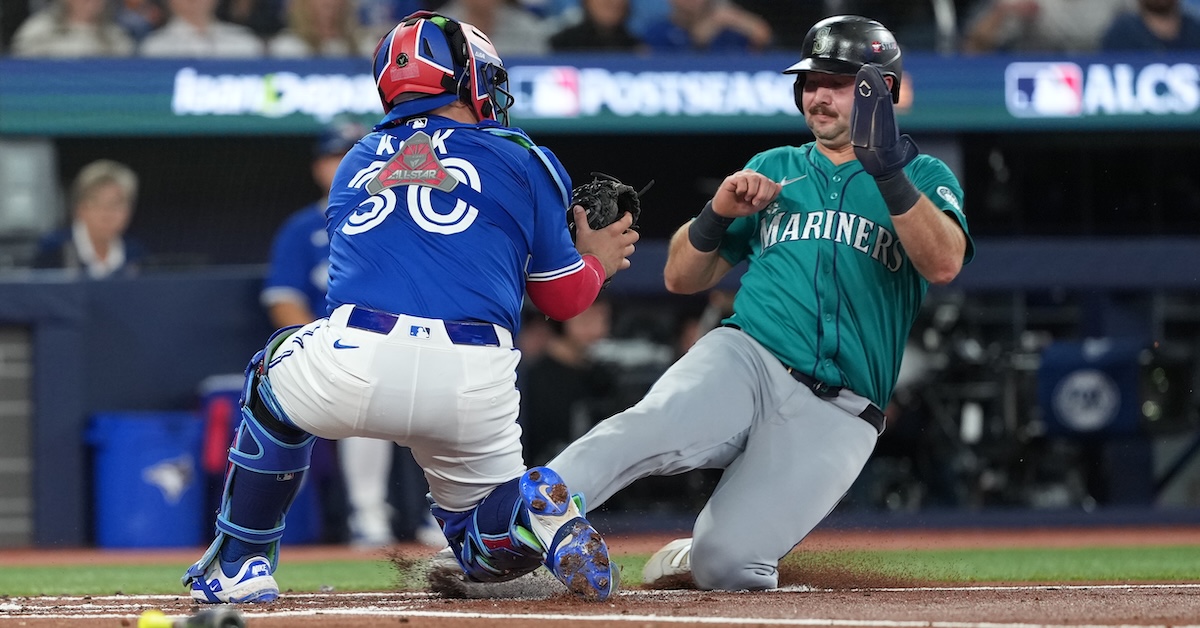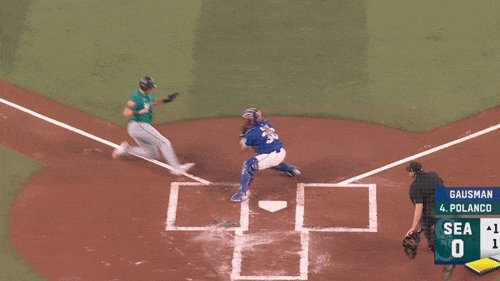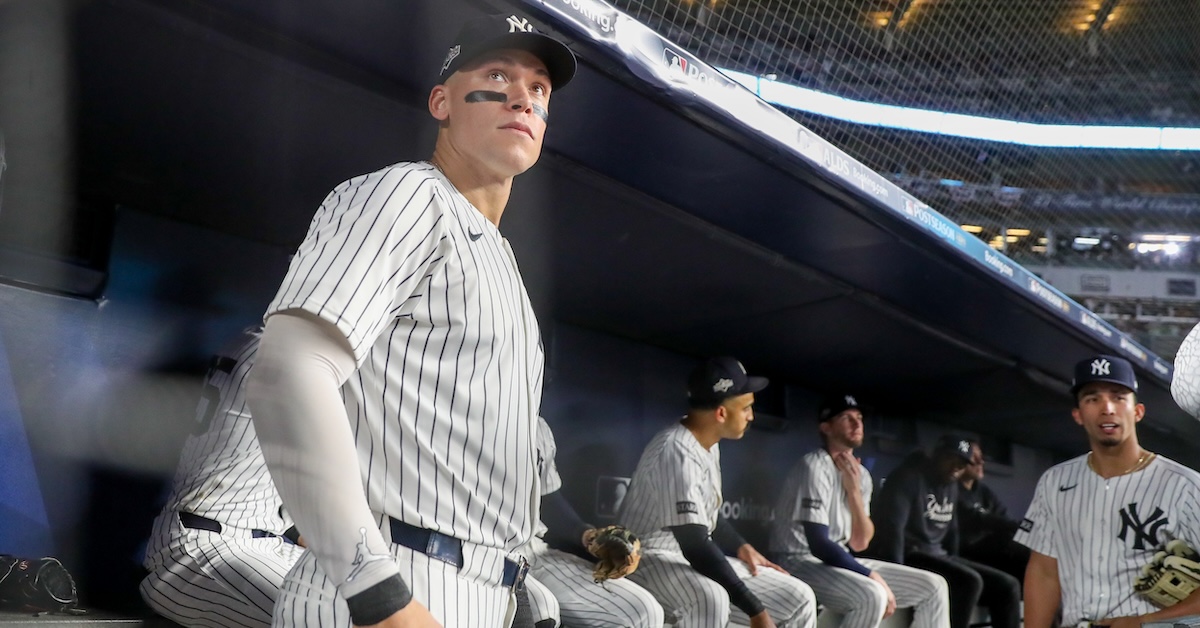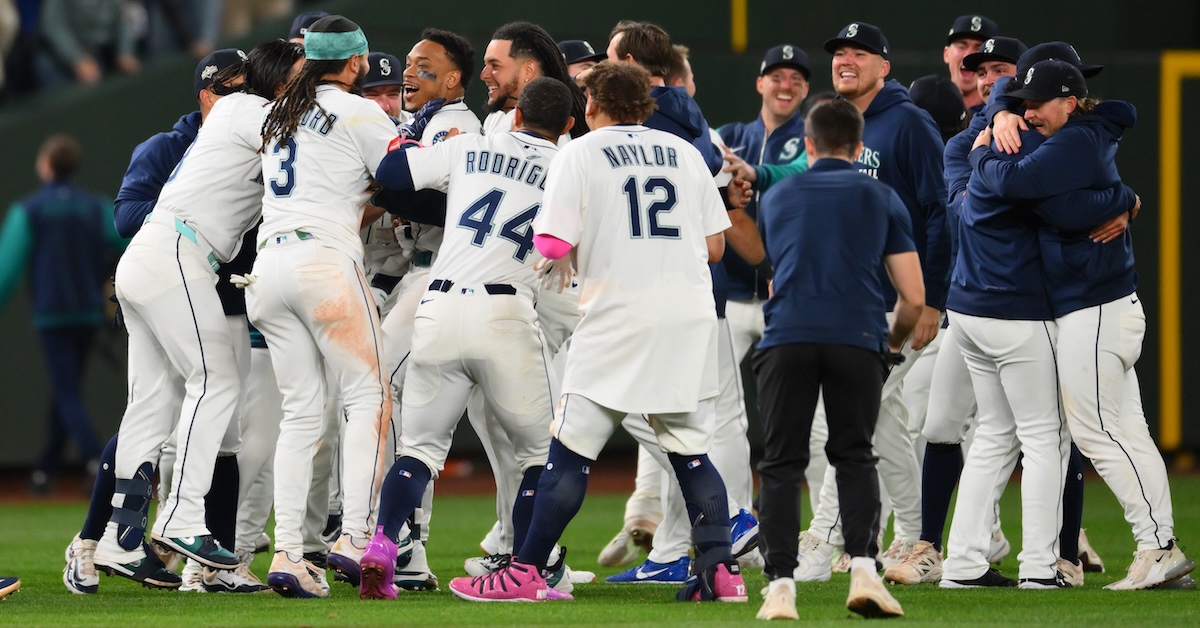Kyle Stowers Matured His Mindset and Proceeded To Mash in Miami
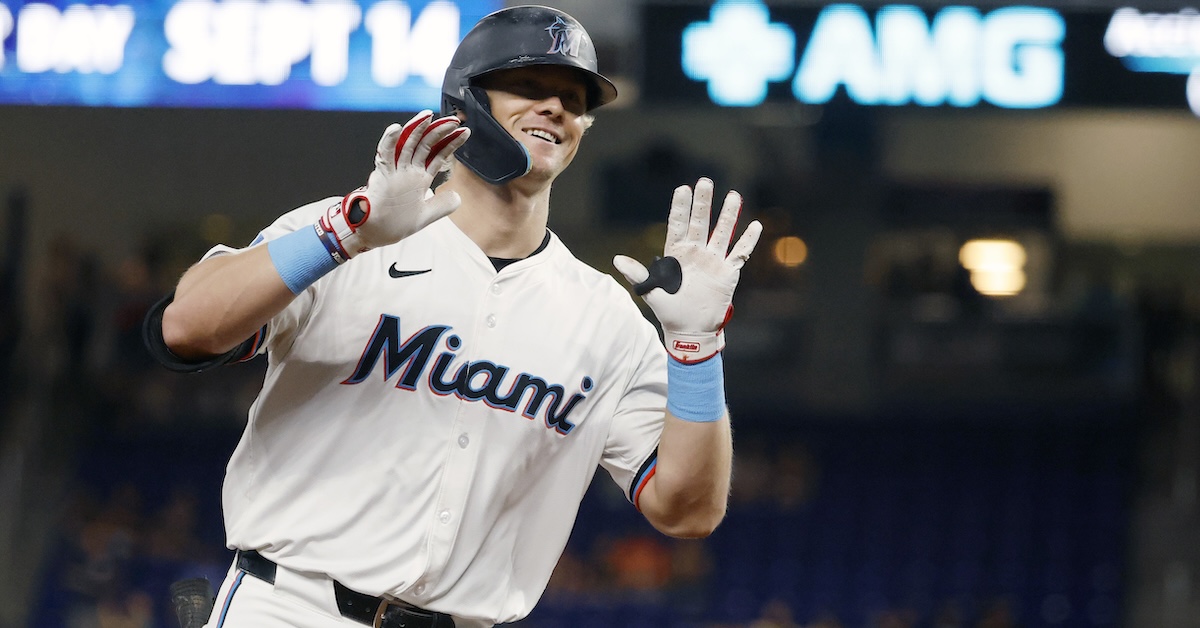
Kyle Stowers came into the year on the heels of frustration. Shuttling between Baltimore and Triple-A Norfolk, the Stanford University product put up an uninspiring 84 wRC+ over 168 plate appearances with the Orioles across the 2022-2024 seasons. Moreover, he then scuffled in his first opportunity with the Marlins. Acquired by Miami along with Connor Norby in exchange for Trevor Rogers at last year’s trade deadline, Stowers proceeded to produce just a 57 wRC+ over 172 PAs. The 2019 second-round pick hadn’t exactly reached failed-prospect territory, but he was falling well short of his potential.
This year was a different story entirely. Finally finding his footing, the 27-year-old outfielder broke out while serving as the Marlins’ everyday left fielder. Prior to having his season end early due to a left oblique strain — he played his last game on August 15 — Stowers slugged 25 home runs while slashing .288/.368/.544 with a 149 wRC+ over 457 plate appearances. For good measure, he represented the Fish in the All-Star game, and was recently named a senior circuit Gold Glove finalist.
I asked the left-handed slugger about his breakout when the Marlins visited Boston in August, a series that coincided with his season-ending injury. Was it simply a matter of his getting an extended opportunity, or was there more to it? Read the rest of this entry »

